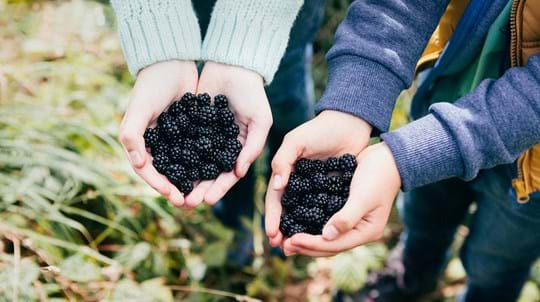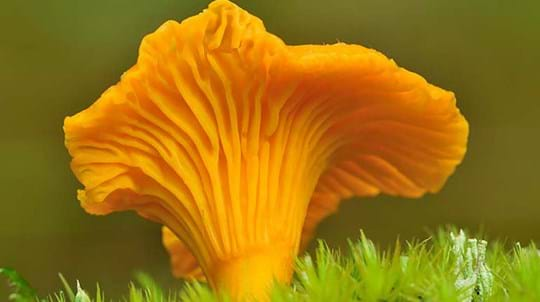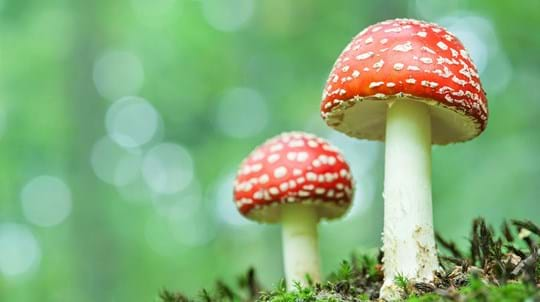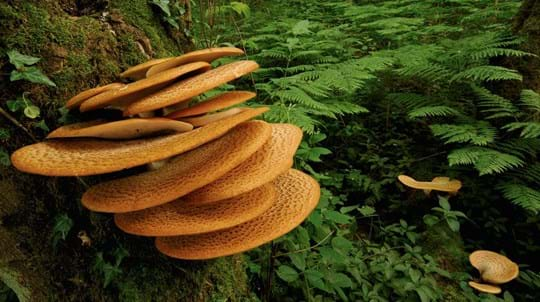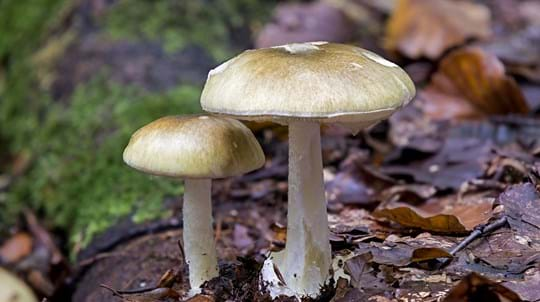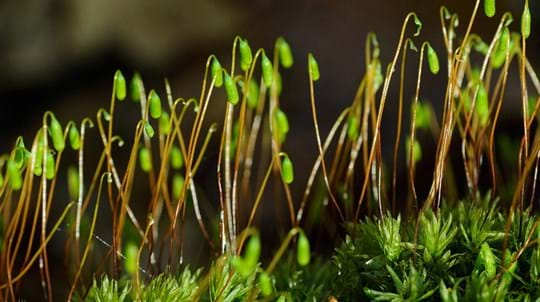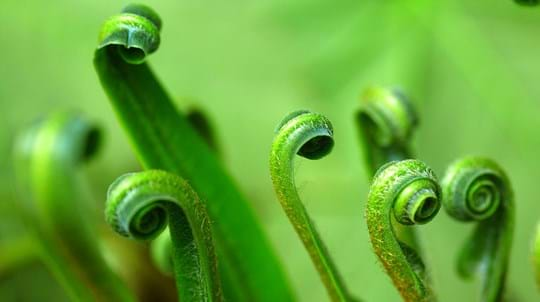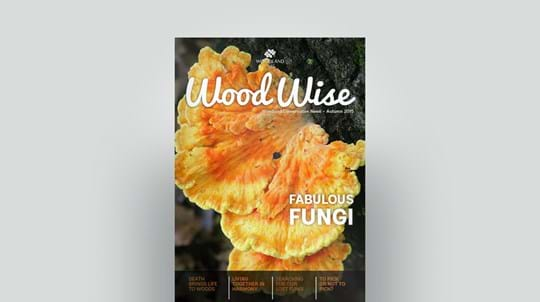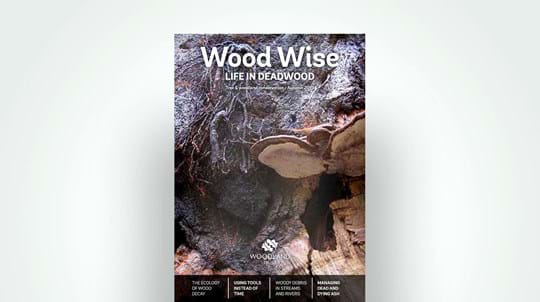
Credit: Alexander Kurlovich / Alamy Stock Photo
Where to find morels
Morels are native, but uncommon, to the UK. Their fruiting bodies can grow in groups or as solitary mushrooms. Look for morel on the ground in a variety of habitats, in well-drained soil in copses, woodland and hedgerows.




